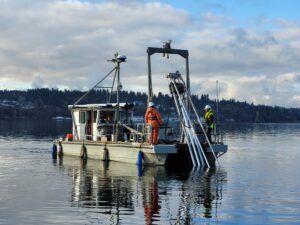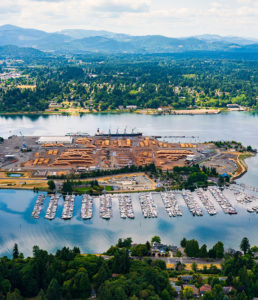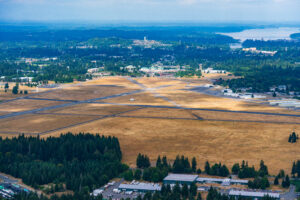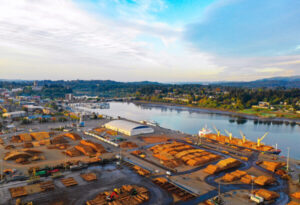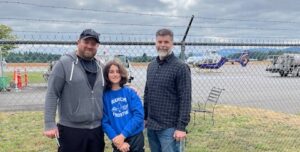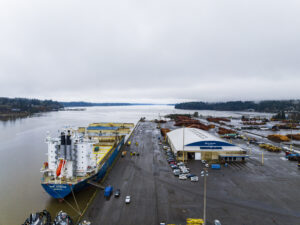Port of Olympia Blog
Welcome to our new environmental blog series from Port of Olympia Environmental Manager Jonathon Wolf. This blog series will focus on a variety of environmental topics from Budd Inlet cleanup updates and general education about southern Budd Inlet to other environmental concerns and projects at the Port. This first post gives an update on the Budd Inlet cleanup and a snapshot of the data collection process during this stage of the project.
Budd Inlet Update
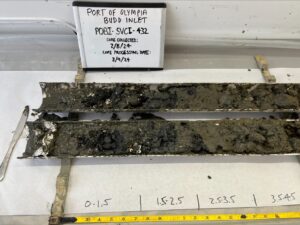
We are currently in the early stages of the Budd Inlet cleanup project, which includes sediment investigation, data analysis and project design. In accordance with the State of Washington’s Model Toxic Control Act (MTCA), the Port collected sediment samples in late 2023 and early 2024 in East Bay of Budd Inlet during the “fish window,” a time when in-water work will be the least disruptive to aquatic life. This past year, 1100 sediment samples were collected from more than 100 locations to help pinpoint the areas of contamination. Samples are now being analyzed and results are expected late 2024 or early 2025. These data will inform the cleanup plan for East Bay.
This winter we intend to take advantage of the fish window again for collecting samples in West Bay. The cleanup plan will likely be considerably different in this area than in East Bay because of the
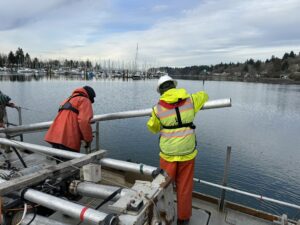
different features of this area of the bay, including the Marine Terminal, multiple private tideland owners, Capitol Lake, and various marinas.
Our consulting engineers have submitted a draft map of the proposed sampling locations which must be approved by the Washington Department of Ecology, along with our sampling plan. Once again, we’ll be doing both surface “grab” samples and depth “Vibracore” sampling, collecting sediment at depths down to 20 feet. This will give us a good idea of the breadth and depth of contamination and inform how much sediment may be impacted.
What type of contamination is being found in the sediment?
We are looking for, and finding, legacy contamination from industrial activities dating back to the early 1900s. These include dioxin/furans (from the burning of salt-infused wood), and polycyclic aromatic hydrocarbons (petroleum products).
What will the Port do with the contaminated sediment?
The Port will have multiple options, from beneficial reuse of the dredge sediment to protect against sea level rise to shipping it to a designated waste site in eastern Oregon. However, we are currently in the “science” phase of the project. What we learn now will be used by scientists to inform the design and engineering of a cleanup plan later on.
How has the contamination affected the aquatic life in Budd Inlet over the years?
The contamination is long-lived in the environment and bioaccumulates, meaning the more you ingest, the more you’ll accumulate in your body. Short-lived organisms like oysters and clams may not be directly impacted, but the critters who rely on those lower benthic-level animals for food have an increased risk for disease. Other types of present-day pollution, like nitrogen and yard waste, can also harm aquatic life in Budd Inlet. This type of pollution can lead to low dissolved oxygen levels in the water which can cause stress and mortality in the animals that live there.
Learn More
Interested in learning more about the cleanup? You can find more information at www.PortOlympia.com/BuddInlet. You can also email questions to BuddInlet@PortOlympia.com and we will do our best to answer them.
Sign Up for Environmental Updates
If you’d like to receive this blog series to your inbox, sign up for our Environmental Blog Series email. Some of the topics planned for upcoming issues include: yard waste pollutants in Budd Inlet, salmon and shellfish management practices and sea level rise concerns.
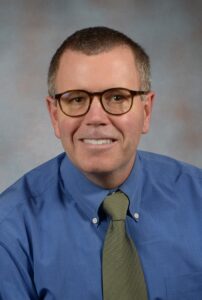 About Jonathon Wolf
About Jonathon Wolf
Jonathon Wolf is the Environmental Manager at the Port of Olympia and the lead scientist overseeing the Budd Inlet Remediation project. Jonathon has 25 years of environmental management experience including 18 years as Deputy Director of Natural Resources at the Skokomish Indian Tribe and six years at Washington State Department of Fish and Wildlife.

